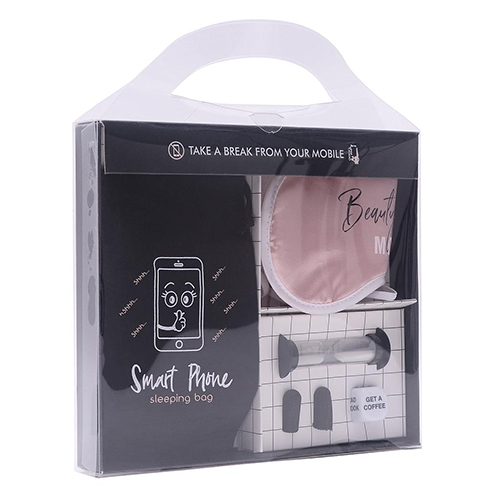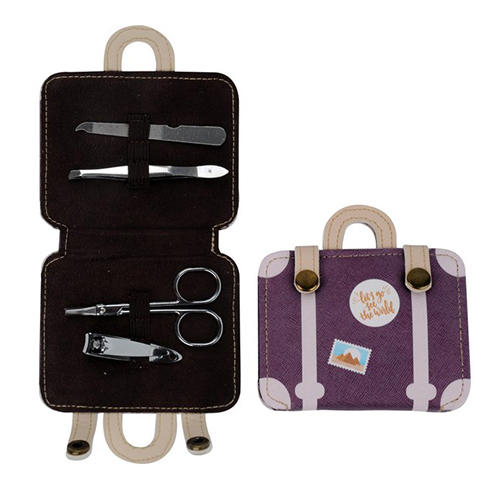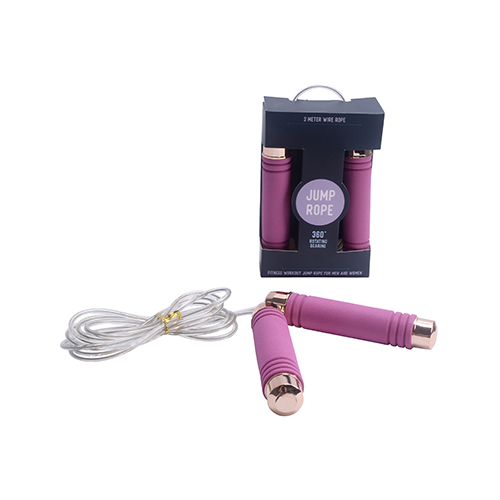


Making the decision to work with a supplier for your brand through an auditor’s report is crucial. You may sometimes doubt if the report is reliable or not.
We know that taking risk is part of business. However, by understanding how the audit is done, you can convert this risk as an opportunity to make a better decision for your business.
What is Social Compliance Audit?
Social Compliance Audit is the process of measuring, reporting and improving a company’s social and ethical performance based on a set of standards or framework.
There are different frameworks for Social Compliance Audit such as SMETA, SA8000, BSCI, Disney, Target, Walmart, etc. Auditors refer to the specific checklist and methodology of the framework that you require, but in most cases, they follow the same pattern.
General Process of Social Compliance Audit
BEFORE AUDIT

1. Registration
It is important to inform your supplier ahead of time that you will need them to be audited. You may share your requirements to the supplier so they can check if they can comply with your standards.
If supplier agrees to comply and proceed for audit, your supplier need to submit their company information including the details of their facilities that will be used to produce your goods. You may keep or register these information in your system.
2. Scheduling
Suppliers would appreciate if you give them enough time to check if their current system complies with your standards. Your suppliers have their daily hectic operation, and they may not have all the time to accommodate a surprise visit.
3. Preparation
Upon scheduling the site visit, your supplier will be given enough time to review your requirements and prepare their facility to comply with your standards.
DURING AUDIT

4. Facility Inspection
During the site visit, a third-party auditor requested by your company or your supplier will visit your supplier’s facility where your products will be produced.
The auditor will check few areas and requirements such as the following:
- Fire safety equipment such as fire exit, fire extinguisher and fire alarm
- Chemical box and safety measures
- First-aid kit and monitoring tools
In this step, the auditor will have a general view of your supplier’s practices in terms of health and safety, which will help you to avoid facing legal claims in case the factory get into fire or accident.
5. Document Review
Auditor will review the required documents to keep as evidence that your supplier comply with your standards.
Some of the documents they check are the following:
- Business License – to ensure that they are a real factory
- Employee Information Form – to check if they don’t engage in child labor
- Timesheet and daily time-record system – to check if working hours are acceptable
- Social insurance records – to verify if the workers are covered by insurance
These are just some of the bunch of documents that the auditor check to ensure that the factory is compliant with social and ethical standards.
6. Employee Interview
Social compliance covers a big part of good labor practices, and in this step, the auditor can check if the reviewed documents are matched with the output of employee interview.
This can be a game-changer, as on this stage, the auditor will make a comparison with what the management show and what their employees say.
7. Reporting
Once all evidences are gathered, auditor will discuss with the supplier the issues and areas of improvement through the Corrective Action Plan (CAP). Auditor will send the final audit report to you or to your supplier.
AFTER AUDIT

8. CAP Review
Upon receiving the audit report, one of the areas that you need to check are the issues found by auditor, or the Corrective Action Plan (CAP). This section explains the areas that the supplier need to improve to comply completely with your standards.
If you agree with your supplier to improve the issues according to the CAP, this will give your supplier another chance to improve their system.
9. Evidence Review
Once your suppliers are done with fixing the issues, depending on the terms in the CAP, your supplier may send evidences to the auditor through sending pictures or videos by e-mail.
For some issues, it may need another site visit for the auditor to review.
10. Reporting
Once all corrective actions are approved, auditor will create an updated report based on the result of CAP and send the final audit report to you or to your supplier.
It is quite a long process as you can see. It can take around 3-6 months until you can get the final report and make the decision if you want to proceed on working with the supplier.
However, if from the start, you think that the supplier is really good, you can discuss with your supplier and may start the development with them even during the first stage on BEFORE AUDIT. This will also help you hit your target production and delivery date and avoid delays.
In the event that the audit report is done and the result is not acceptable on your standards, it is best to reconsider if you will proceed to working with the supplier or not.
Now that you know what happens behind the detailed audit report, we hope that you can be more confident on making decisions from now on.
And you may realize that Social Compliance Audit can be costly in terms of money and time. But as dicussed on the previous post on Importance of Social Compliance for Retailers, it will definitely help you run your business for long term. Through social audit, your company can avoid spending greater cost because of legal claims. In addition, because consumers nowadays consider buying from brands with good practices, it will also help your company improve your public image and increase your sales.



































































